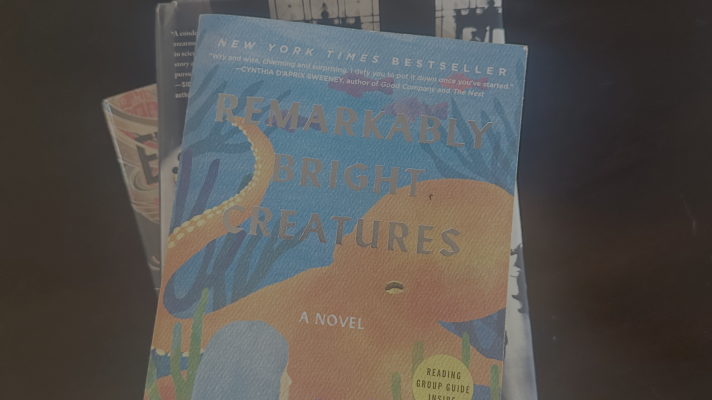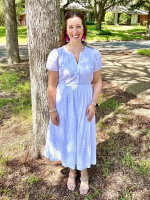Helen Cartwright is an elderly British woman living in Australia.When she understands she has come to the end of her life, she moves back to her former home on Westminster Crescent in England to live out her few remaining days alone. Her husband and son are dead, and she knows that if she waits just a little longer, she can join them.
Helen is lonely, aimless, and isolated from any of the former creature comforts she once enjoyed. A chance encounter with her neighbor's rubbish bin brings her an unexpected guest--a tiny mouse she names Sipsworth, for the meager amount of liquid he consumes.
Helen and Sipsworth quickly develop quite a bond as she figures out how to make him comfortable, feed him correctly, and tend to his very needs. She builds him a home after going to the library to look up books about mice. She learns proper mouse nutrition by ringing the local veterinarian and having her on speed dial. She speaks to the neighbor whose trash heap brought her this new friend.
All these things bring her into contact with lovely people in her neighborhood, and suddenly, layer by layer, Helen's world begins to broaden once more. We realize this before Helen does, and it is a credit to the delicate way the author introduces each interaction with grace and tenderness and dignity for Helen.
Sipsworth gives Helen a renewed sense of purpose in life because his care and upkeep requires a fairly rigorous schedule.
Much of the dialogue is between Helen and what she imagines Sipsworth's responses to be. So when her tiny friend faces a medical emergency, it is to which both comical and endearing the lengths Helen goes in order to provide him with the best care possible. And just when you thought you knew everything about Helen, which there is more to her story that is revealed that broadens and deepens your appreciation of her character. This story is told sequentially, through each day of the week, as human and mouse interact and depend on each other for their very lives--his physical, hers social/emotional. Van Booy takes a seemingly common concept of grief and end-of-life endeavors and injects powerful lessons about the importance of having a purpose, the necessity for compassion, the value of dignity, the reasons for seeing others and being seen. And he does it mostly by placing the focus on a character who never utters a single word.
If you liked A Man Called Ove for the way it depicts the importance of connection for the elderly or The Tale of Despereaux, a really beautiful children's book about a mouse who singlehandedly saves the kingdom, you will want to drink this story in. Just make sure you take a glassful and not only a sips worth.













